Experimental GAZ-A-Aero: the flow, speed, efficiency
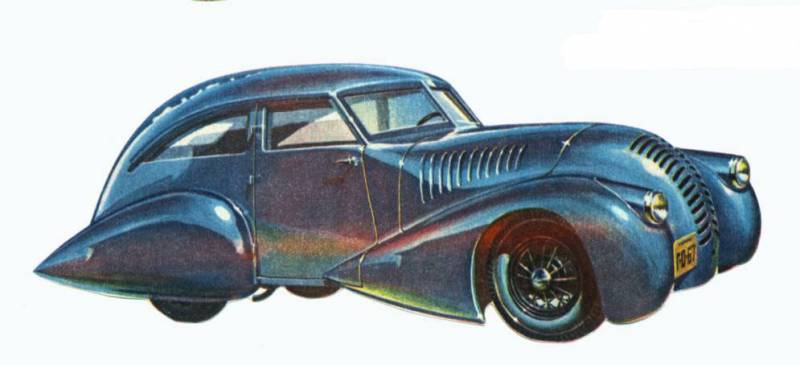
Reconstruction of the shape of GAZ-A-Aero. Figure Denisovets.ru
Thirty years of the last century, cars have learned to develop a very high speed, which resulted in the need to study aerodynamics. In our country the remarkable results of this kind were obtained in 1934, the First national streamlined car was the experimental GAZ-A-Aero, designer Alexey Nikitin Osipovich.
Theory to practice
Working on a new theme was launched in 1934 and was performed by the automobile Department of the Military Academy of mechanization and motorization of the red Army (VAMM red army) on the initiative of A. O. Nikitina. The research involved the other organizations which had the necessary scientific and technical base.
By the time the cars have developed the speed of 100-110 km/h, aided by the use of new designs of chassis, more powerful engines, etc. international experience has shown that additional gain characteristics can be obtained by improving the body of the car and reducing air resistance.
Options to purge in a wind tunnel. 1 - serial GAZ-a; 2 - future prototype; 3,4,5 - other options aerodynamic configurations. Graphics of the magazine "Motor"
Research in VAMM began with a theoretical study of the existing issues and find optimal solutions. Managed to find the main ideas that improve performance. At the same time, they can be combined in different ways and get different results.
A. Nikitin and his colleagues worked four options streamlined body and gathered the appropriate scale models for blowing in the wind tunnel of the Moscow aviation Institute. With them it was planned to test the model of the car GAZ-a with the original body type "Phaeton". Four test models have a significant similarity, but different forms of different units, respectively, and characteristics.
Tests showed a sharp decrease in the drag coefficient of the air in the direct blowing model. For different models it was 31-66 percent. from the characteristics of the original car. Also, studies were carried out with the crosswind, which showed the clear advantages of the new body.
The Test model GAS AND in the wind tunnel. Photo of the magazine "Motor"
Detailed results of calculations and tests was published in the magazine "Motor", No. 2, 1935, the Author of the article "the Streamlined car on the chassis of the GAZ-a" was A. Nikitin.
Prototype
In 1934, VAMM red army, together with the experimental shop of the Gorky automobile plant was built and tested prototype car with streamlined bodywork. The basis for it was a modified chassis of GAZ – for this reason, an experimental car later became known as "Streamlined GAS-A" or GAZ-a-Aero. To monitor the results was used a second car GAZ-a in the base set.
Experienced, the car kept the frame and suspension base GAZ-A. the Power plant at different stages of the tests included regular engine or a forced version. Motor upgraded through the installation of aluminum heads and increase compression, which resulted in a power increase to 48.4 HP manual transmission did not change. The controls remained the same.
The Test model of the future GAZ-a-Aero. Photo of the magazine "Motor"
New streamlined body had a mixed design. On a wooden frame was installed curved steel sheets of different shapes. For improved aerodynamics was used mostly curved details different curvature. The engine has covered a curved frontal fairing with shutters and boards a similar design. Behind the hood was V-shaped windshield glazing. The roof of the body smoothly into a sloping tail with a pointed back.
The Wheels are covered with wings-f-teardrop shape. Front fairings had side cut-outs for the steered wheels, the rear was solid. On the front fenders provided Palautordera fairings headlights.
Because of the large wings had to abandon the rear doors. The front door had a small handle. In addition, they must completely cover the foot pegs. All this was due to the necessity of reducing air resistance.
The prototype to the test. Photo Denisovets.ru
The Car GAZ-a-Aero due to the special body had a length of 4970 mm. Despite the new wings, the width remained at the level of the basic machine – 1710 mm, Height – 1700 mm. Curb weight of the gas station and ZIP – 1270 kg, nearly 200 kg more than the GAZ-A. it was Assumed that further improvements will allow to equalize the weight of the two bodies. During the tests, the vehicles carrying measuring equipment and a team of five testers. The mass of GAS AND came to 1625 kg and GAZ-a-Aero – up to 1700 kg.
Car on track
Test the GAZ-a-Aero was conducted on the slopes of the automobile and roads city of Gorky. Experimental and control cars a few weeks have passed thousands of kilometers in different conditions and helped collect a lot of data for subsequent analysis. In General, it became clear that the streamlined body has serious advantages over standard Phaeton.
The Maximum speed of the GAZ-a-Aero with a standard engine reached 100 km/h, with modified – 106 km/h production car was accelerated to 82.5 and 93 km/hrespectively. The increase in speed was 15-21 percent.
The Streamlined machine had the best dynamics. Acceleration from standstill to 70 km/h in 35,5 27,5 seconds compared with the GAZ-A. production car with a lot of resistance quickly slowed. Thus, the attenuation speed from 70 to 40 km/h occurred at a distance of 330 m. the GAZ-A-Aero in the same conditions were 440 m.
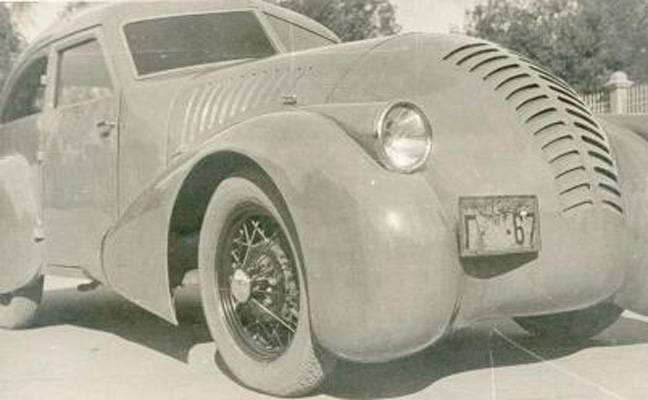
View from a different angle. Photo Denisovets.ru
In the city streamlined the car showed very modest savings. At an average speed of 30 km/h this car spent 5 liters of gasoline 46.7 km of track, the saving in fuel was only 3%. In other circumstances the benefits manifested brighter. So, on the track for continuous movement at a speed of 50 km/h the savings reached 12% relative to the flow of GAS A. the Maximum saving fuel at 26.2% was obtained at 80 km/h. the Comparison at higher speeds was not possible due to the limited characteristics of GAS-A.
Carried out measurements of power expended on overcoming the resistance movement. 50 km/h of GAS-AND spent a 12.2 HP, GAZ-A-Aero – 8 HP (saving 34%) At the speed of 90 km/h these parameters reached 46 and 29 HP, which corresponds to savings of over 36%. In this experimental machine was the reserve power for further acceleration, and at a speed of 100 km/h the cost of resistance reached up to 37 HP.
A Streamlined car showed the best performance in crosswinds different forces at different angles. Besides, a trip with high speed was less noisy. Production Phaethon was observed breakdown of the vortices from the windshield and the rear body, which cause additional noise. On new body such problems were absent.
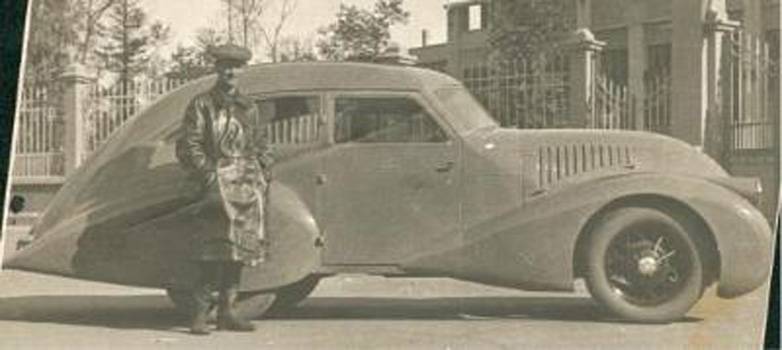
Side View. Good view of the profile body and the individual elements. Photo Denisovets.ru
Professionals and the public could learn the full results of sea trials of the way A. Nikitin "Road test sleek car on the chassis of the GAZ-a". It came out in the March issue of the magazine "Motor" for 1935
Future
The results of tests of two cars VAMM red army and GAZ did some basic conclusions. The main concerned the common good streamlined body. Even if you install on a fairly old chassis, this product gave noticeable increase in driving performance and economic characteristics. The body of GAZ-A-Aero was far from optimal from the point of view of aerodynamics was affected by limits imposed by the chassis design.
It was Proposed to continue the study of automotive aerodynamics and take it into account when creating new models. The development of automobiles and roads in the future should lead to new growth of the velocities, causing the flow has become a decisive factor. New solutions can be implemented on limited-edition sports car, then transfer to a equipment for General use, as is often done abroad.br>
Views characteristic tail. Photo Carakoom.com
In 1934, after completion of the tests, the experimental GAZ-A-Aero gave the Car Board of Avtodor to conduct new research. Any information about his further fate of the missing.
After the success of the pilot project of GAZ-A-Aero specialists automotive Department VAMM red army continued theoretical research on a number of fronts, including on the subject of aerodynamics. Soon there were new theoretical results, recommended for use in future designs of passenger cars.
However, active work in this direction lasted only a few years. In the late thirties, the scientists had to tightly engage the themes of military vehicles, and experiments with flow has gone by the wayside. Real progress in this direction could only be obtained after the war. In this period started the production of modern cars with streamlined bodywork, and the new projects lay the groundwork A. O. Nikitin and his colleagues.
Related News
Cobray Ladies Home Companion. The strangest gun in the history
Widely known American firm Cobray Company brought a number of controversial and even absurd projects of small arms. Her few own development differed ambiguous, to put it mildly, specific features. One of the results of such engine...
American flying saucer Lenticular ReEntry Vehicle: where are they hidden?
Orbital bombers LRV became the most secret military space project the US fragmentary information about which here already more than 60 years, dominates the minds of security personnel all over the world.Alien technology in the ser...
Coastal defense in the modern world: new history
Coastal defense. It is, if you look in the dictionary of terms — a set of forces and means of the fleet with some fortification and a system of antilanding and anti-aircraft installations designed to protect naval bases, ports and...













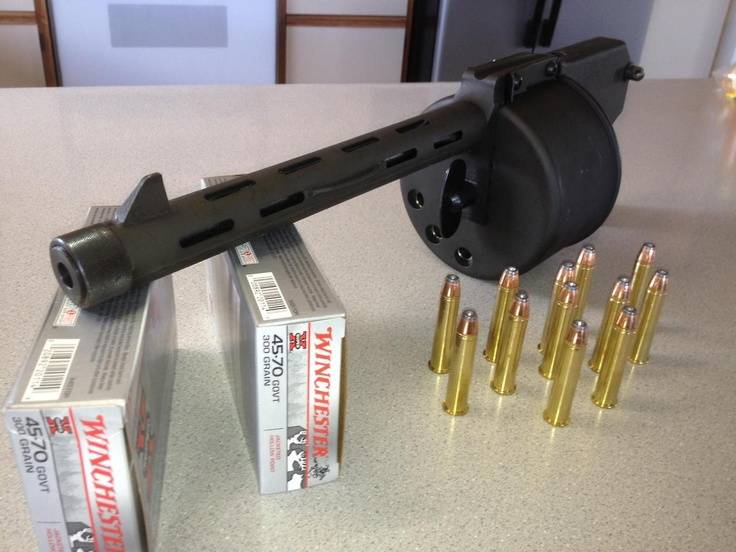
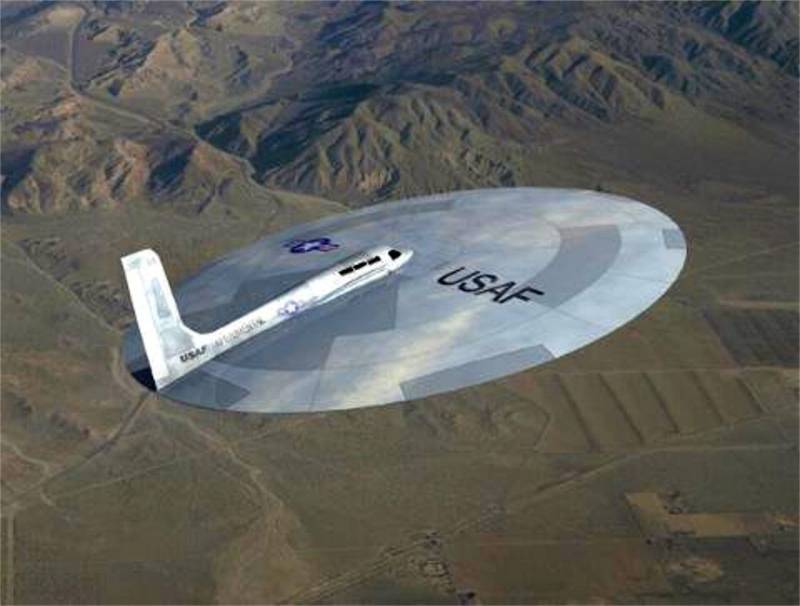

Comments (0)
This article has no comment, be the first!